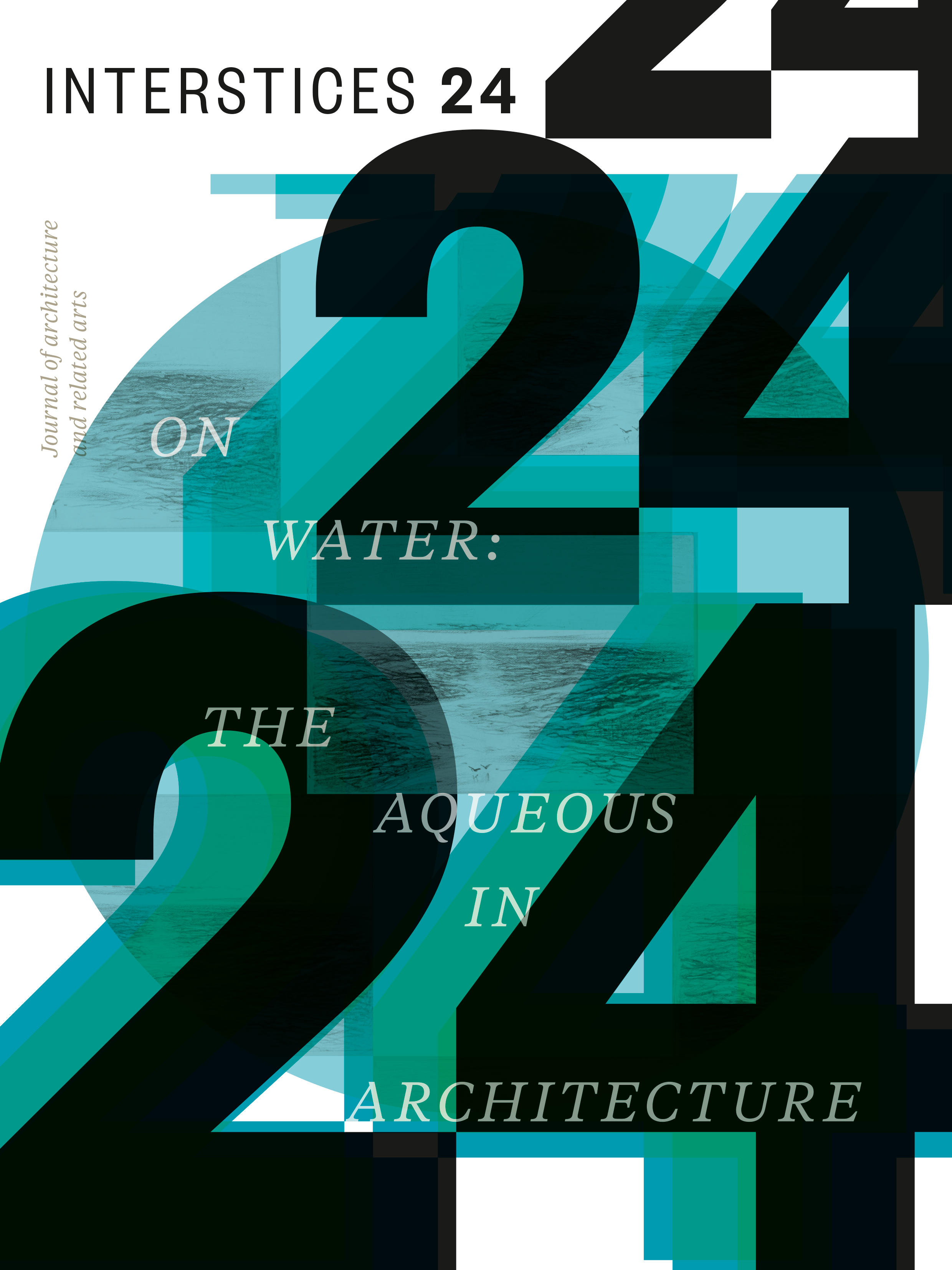Fonua as fakafelavai (intersection) of ‘uta (land) and tahi (sea)
Material arts of tufunga langafale (land-architecture or house-building) and fo‘uvaka (sea-architecture or boat-building)
Abstract
Our short essay newly enquires into the Tongan philosophy of fonua, itself defined by fakafelavai (intersection) (i.e., fakahoko [connection] and fakamāvae [separation]) of ‘uta (land) and tahi (sea). In the Tongan material arts tufunga langafale (land-architecture) and tufunga fo‘uvaka (sea-architecture)—or what amounts to housebuilding and boat-building—are deeply rooted in this philosophy of fonua. Importantly, fonua addresses what is ontologically primary, as opposed to land-architecture and boat-architecture, which are socially produced and therefore capable of being grasped epistemologically. Given this, we initially survey the Tongan talatupu‘a (cosmogony and cosmology) of fonua as it defines the emergence of the landscape and seascape (and later skyscape). Following this emergence is the appearance of the first tangata (humans) succeeded by the ‘otua (deities), through their social and spiritual practices.
We draw on three examples of a rich body of Tongan ethnography related to Tāvāism or Tongan time-space philosophy of reality: firstly, there are the vaka (boat), fale (house), and ouau kava-tō (kava-sugarcane ceremony); secondly, there are falevaka (boathouse) or faletahi (sea-house), and faleafolau (houseboat; i.e., toho‘angavaka [boat-hangar/hanger]) or vaka‘uta (land-boat); and, thirdly, there is the fata‘ufi (yam pyramids, structures or platforms) and Vaka-‘a-Hina (Boat-of-Hina). These ethnographic examples, like all things in a single shared reality, behave in tā-vā (temporal-spatial) tafa‘akifā (four-dimensional) ways. As such, tā (time) is fakafuo (temporal definer) taken as a verb in the sense of being action-led, while vā (space) is, in turn, a fakauho (spatial composer), seen as a noun in the sense of being object-based. Both senses inseparably operate through sustained mālie/faka‘ofo‘ofa (beauty) and ‘aonga/ngāue (utility), in investigative, transformative, and communicative ways by means of both process and outcome.


